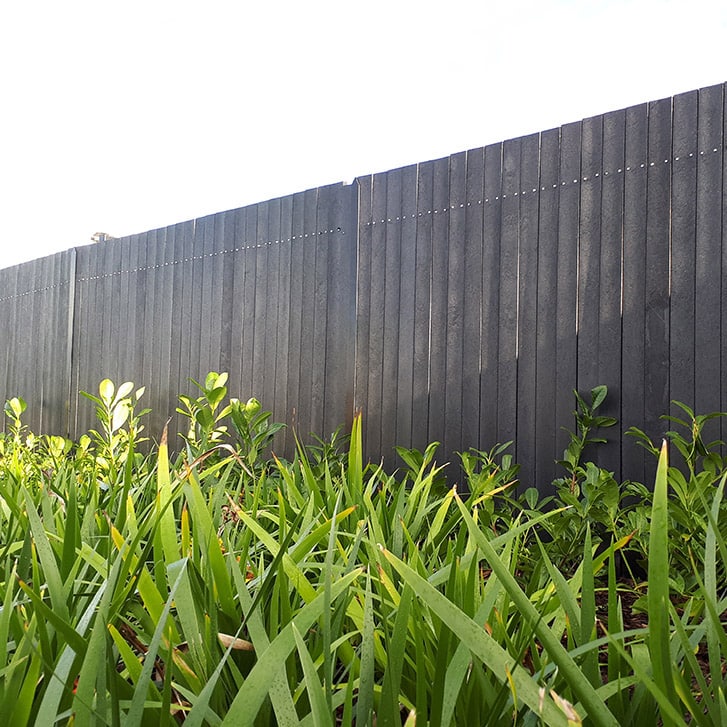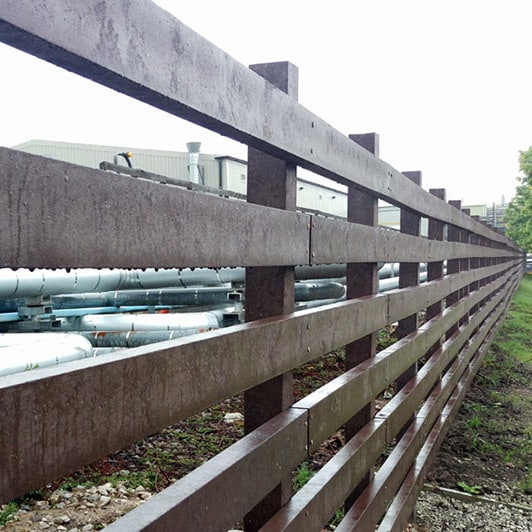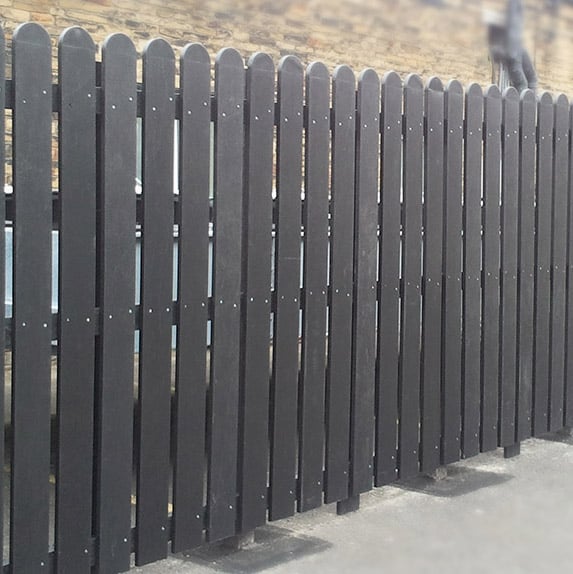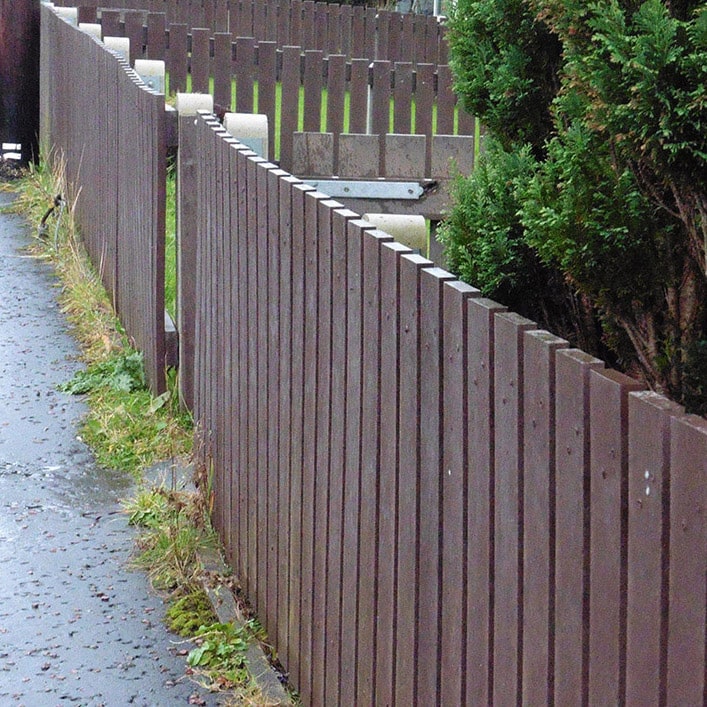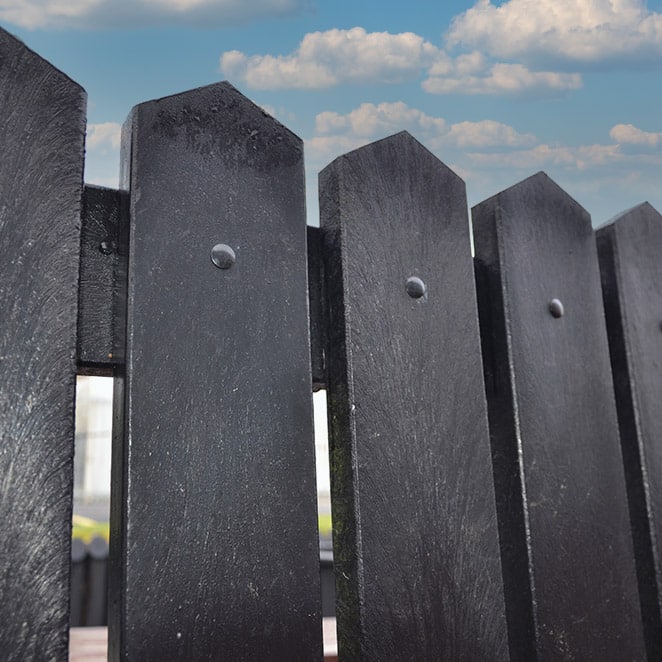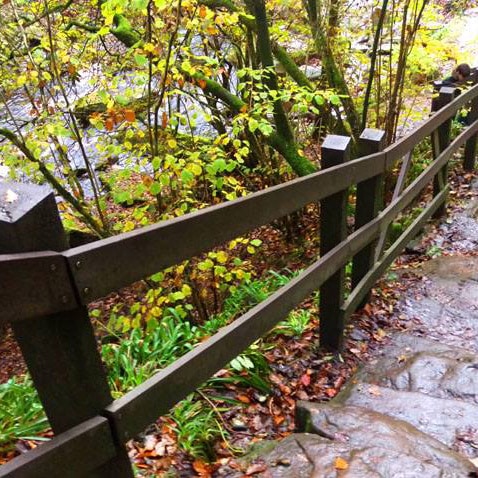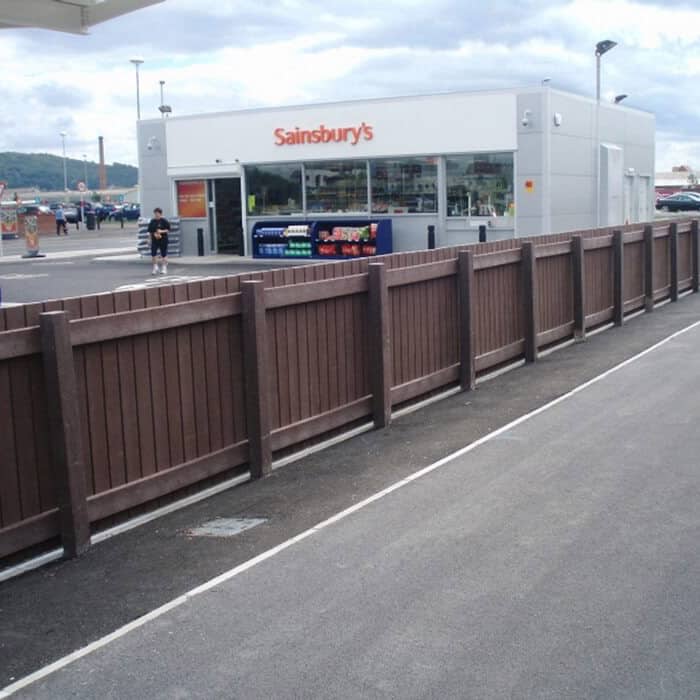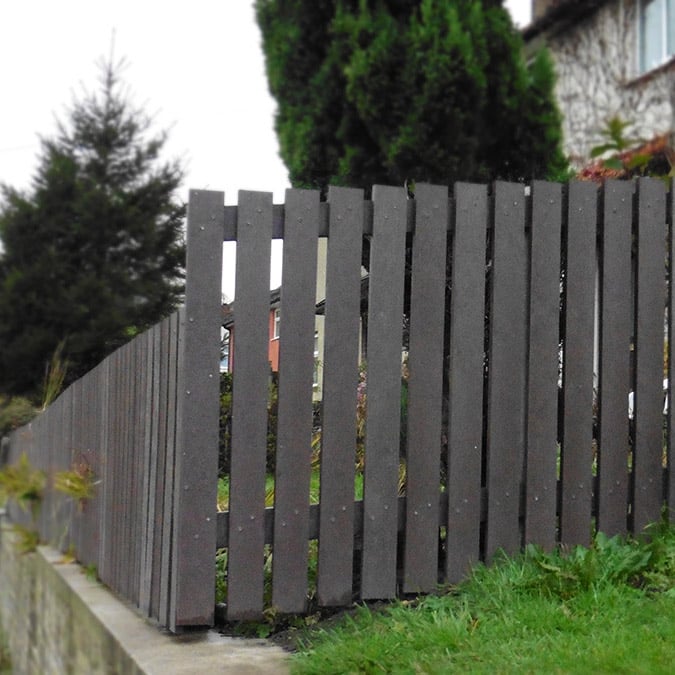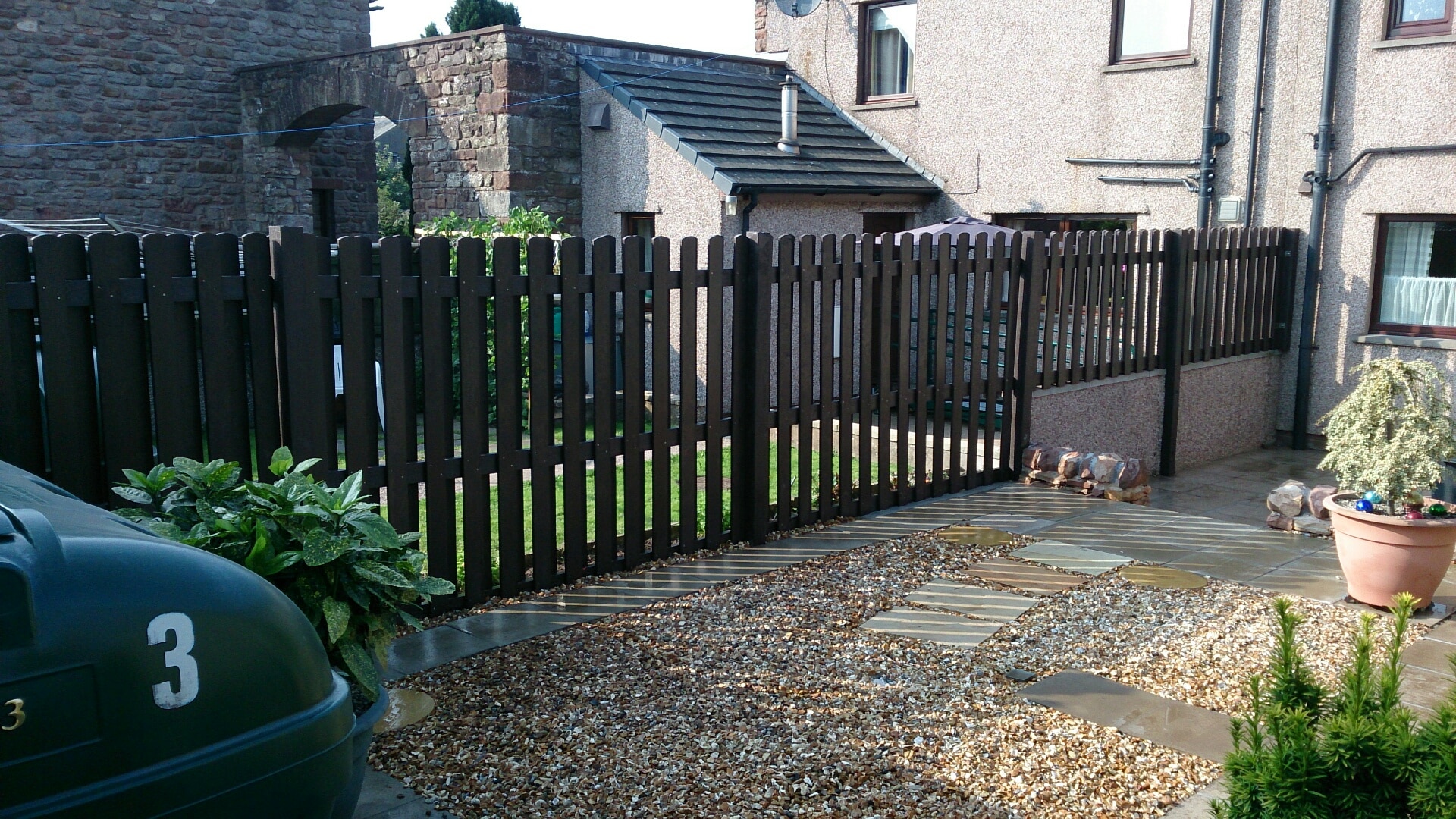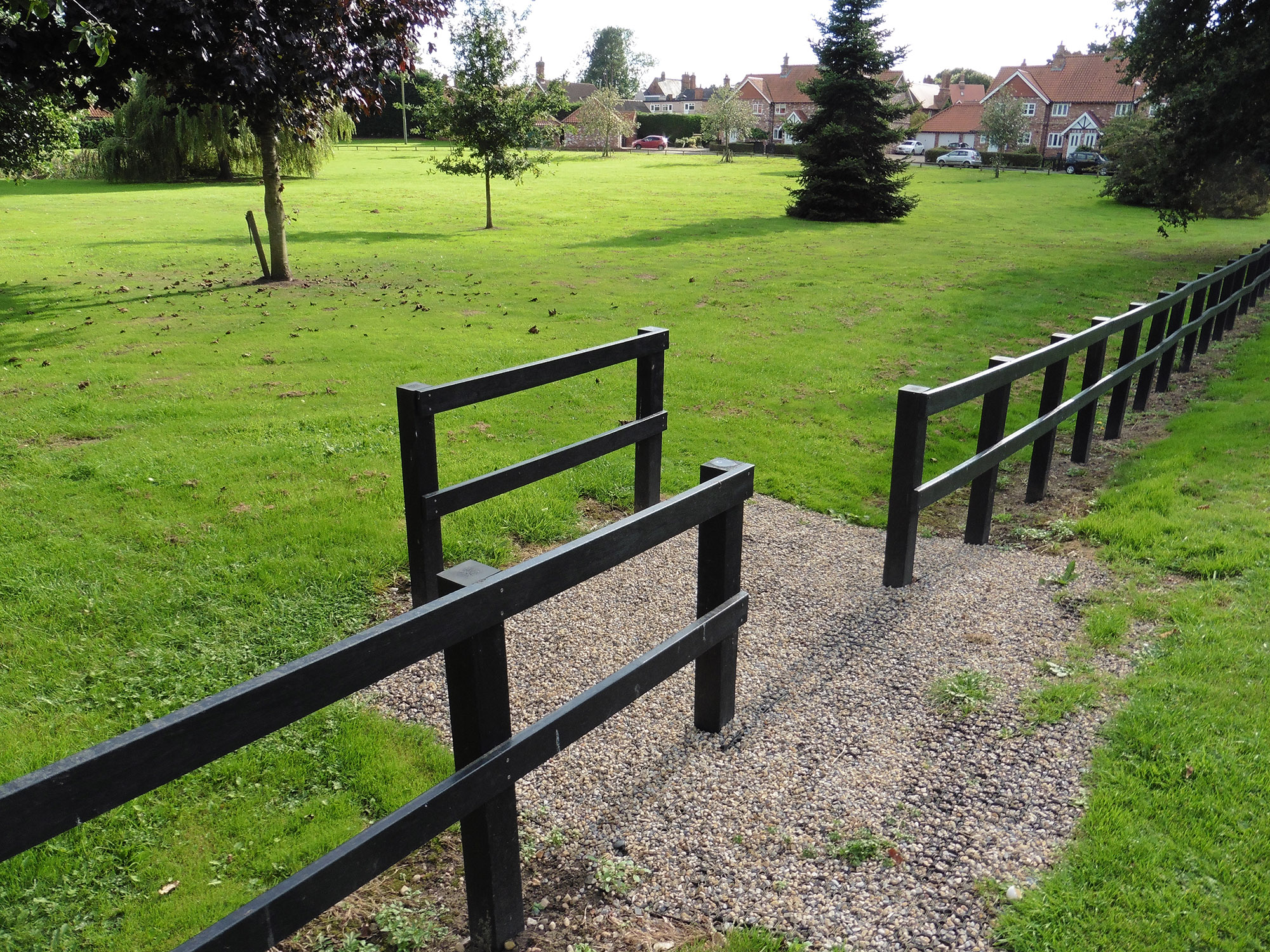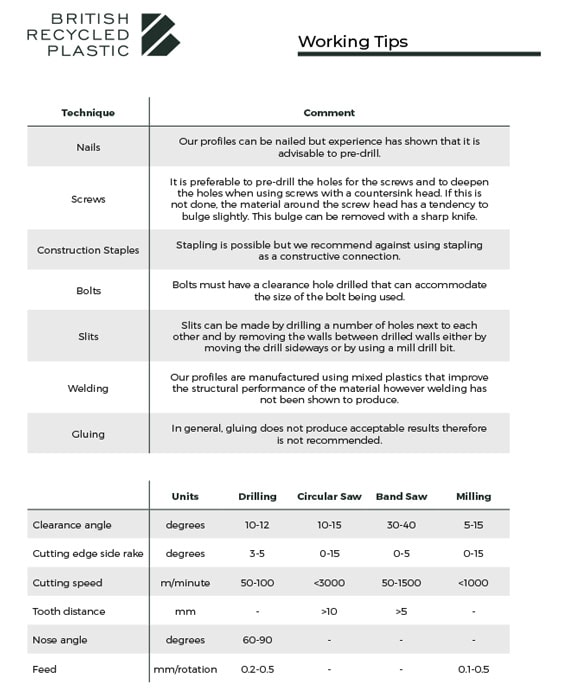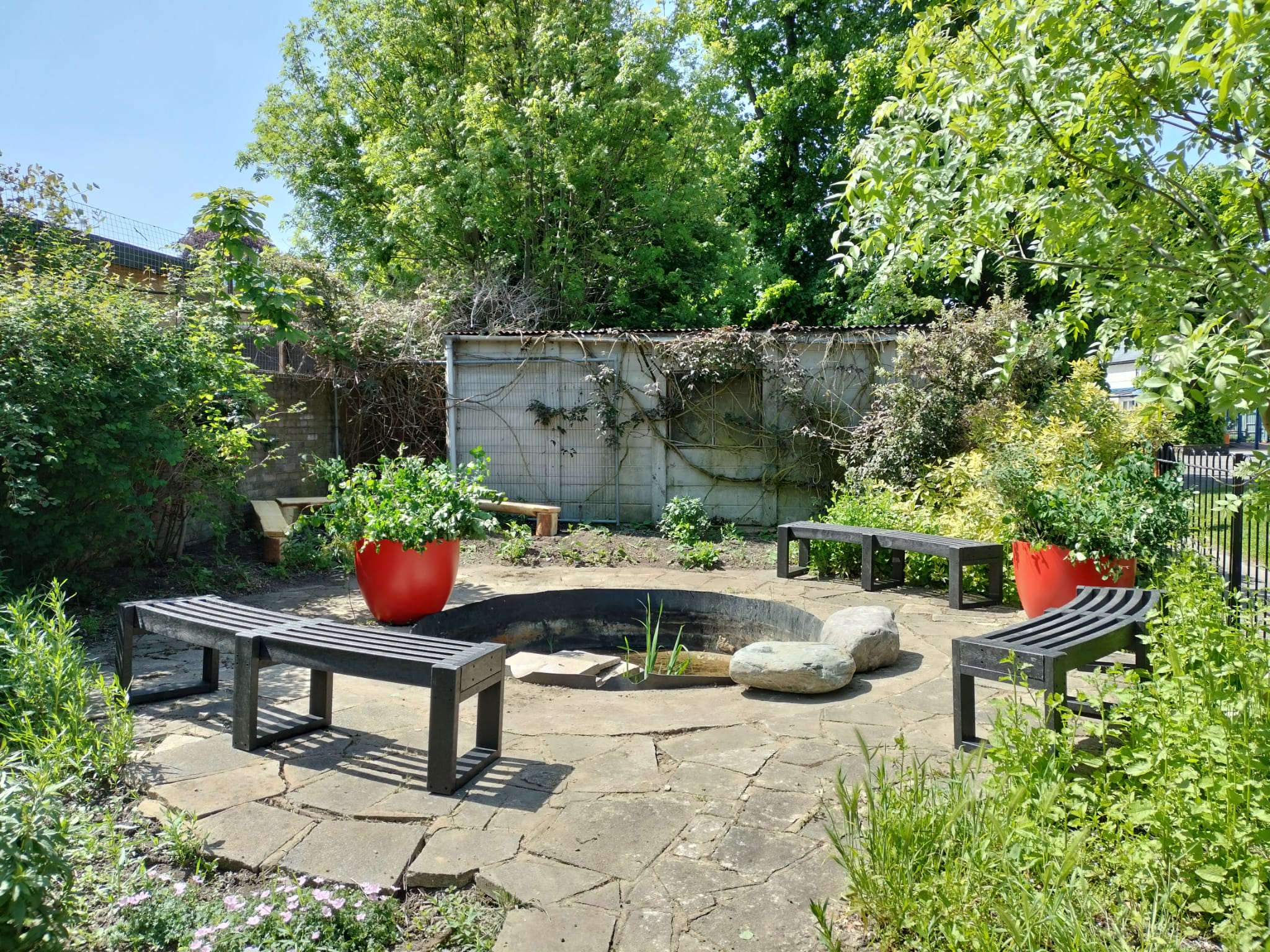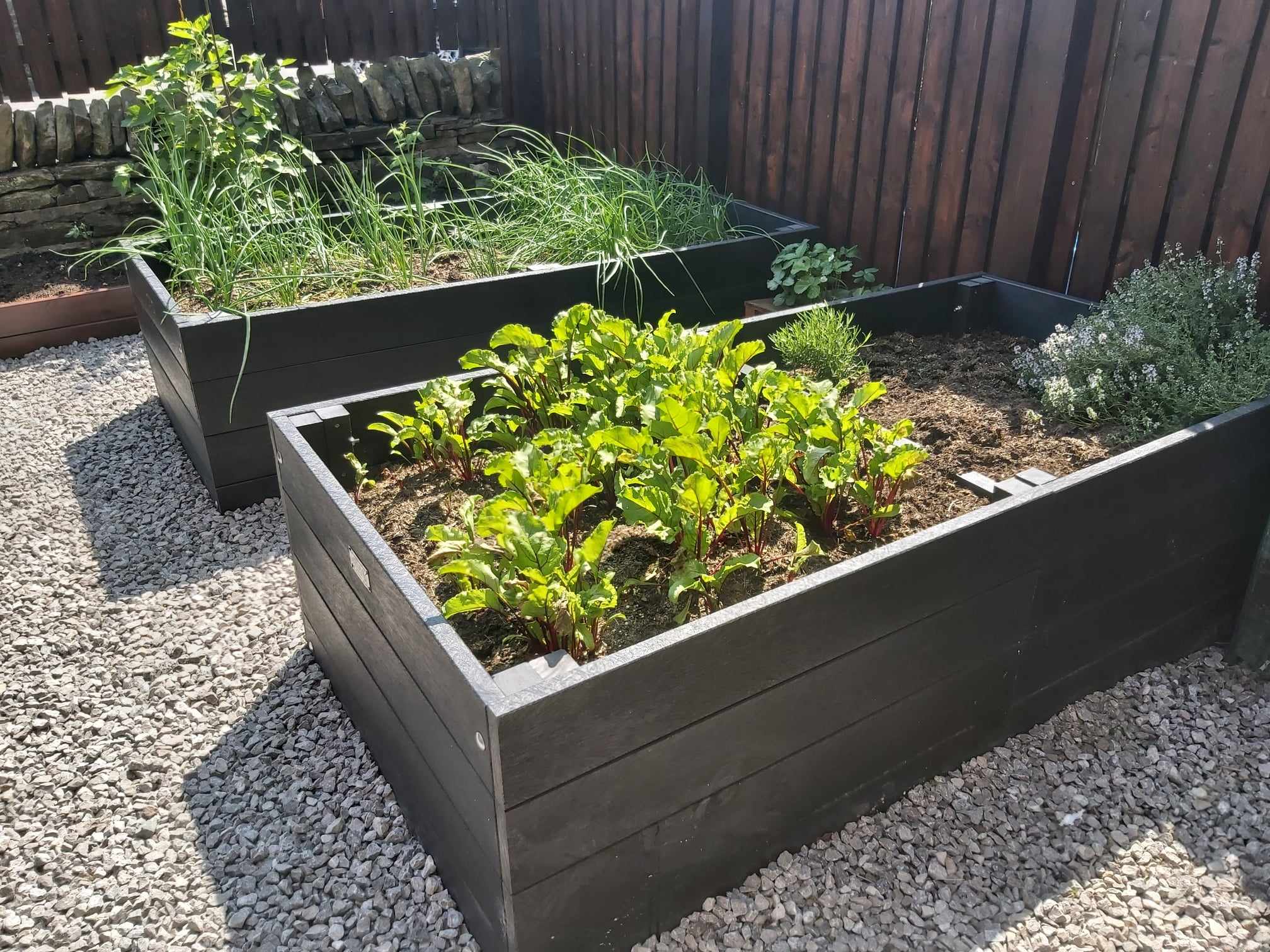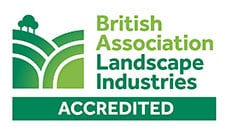Recycled Plastic Fencing
Slash your total-life costs and reduce the carbon footprint of your project with fencing constructed from our solid, 100% British recycled plastic.
Recycled plastic picket fencing, vertical fencing, and standard fencing options
Recycled plastic fences are elegant, classic in design and very cost effective, showing that it is possible to use environmentally sustainable solutions without compromises. Recycled plastic fencing is a particularly good choice for defining areas like car parks, playing fields and play grounds as it requires zero maintenance and has a 25-year guarantee – perfect for schools, councils and conservation parks.
Using mixed plastic in our recycled plastic fencing results in it being stronger with higher impact performance when compared to other solutions. It will never need treating against wear or weather and will never rot, split or splinter. These products provide a durable, environmentally friendly option for large developments or temporary sites.
We have wide variety of different sizes of planks and posts for your fencing needs.
Please scroll down to see technical information and considerations regarding the use of recycled plastic when designing your fencing.
Technical information for using recycled plastic for fencing and plastic fence posts
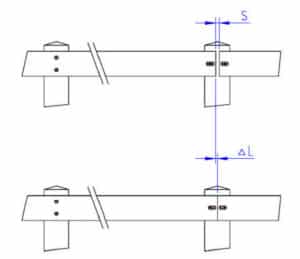
Expansion and Contraction
Recycled plastic expands and contracts around 5mm per metre for every 10 degrees Celsius change over around 12 degrees. Please allow for this by creating a 10mm – 15mm expansion gap between rail ends inside post joint and when drilling rails to posts. Drill holes should be slightly oversized (by approximately 3mm) to accept screws or, as an alternative method, insert a 10mm slot which will allow movement in the fencing. Fully tighten all screws and then back screw half a turn anti-clockwise.
Use standard 3.1 metre lengths of rail by staggering the rail joints 1 metre to 1.55 metres (maximum) between posts. Rails should be fixed through the central post, for mortised types, to allow the two ends to float for expansion and contraction. Always pre-drill to prevent splitting and screw bolt together wherever possible.
Recommend sections
Posts
General fencing such as post and rail – All posts 100mm square x height required and an additional one third for below ground fixing. The general rule is two thirds above ground and one third below.
Birds Mouth (Knee Rail) fencing – 80mm square x 3100mm long or 100mm square x 3100mm long with a V cut.
We recommend that post centres should be no more than 1500mm although 1000mm is even better.
Rails
Either 50mm x 100mm or 50mm x 120mm rails for post and rail types that will either be face fixed or mortised. 40mm x 100mm or 40mm x 120mm rails for picket and pale or close board types and for birds mouth / knee rail types, 100mm square rails.
Pales
Use either 20x 100mm (available in 1200mm or 1800mm only), or 30mm x 100mm or 30mm x 150mm

